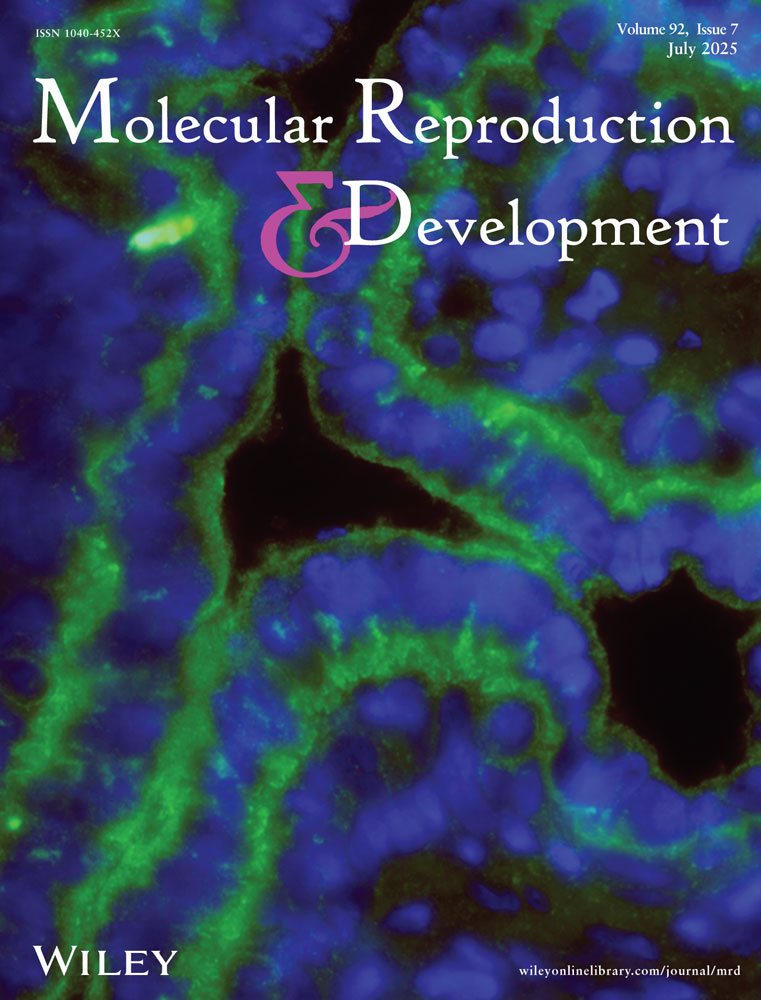Rotationally oscillating drill (Ros-Drill©) for mouse icsi without using mercury
Abstract
Intracytxoplasmic sperm injection (ICSI) is an important assisted reproductive technology (ART). Due to deployment difficulties and low efficiency of the earlier (conventional) version of ICSI, especially in the mouse, a piezo-assisted ICSI technique had evolved as a popular ART methodology in recent years. An important and remaining problem with this technique, however, is that it requires small amounts of mercury to stabilize the pipette tip when piezoelectric force pulses are applied. To eliminate this problem we developed and tested a completely different and mercury-free technology, called the “Ros-Drill©” (rotationally oscillating drill). The technique uses microprocessor-controlled rotational oscillations on a spiked micropipette without mercury or piezo. Preliminary experimental results show that this new microinjection technology gives high survival rate (>70% of the injected oocytes) and fertilization rate (>80% of the survived oocytes), and blastocyst formation rates in early trials (∼50% of the survived oocytes). Blastocysts created by Ros-Drill© ICSI were transferred into the uteruses of pseudopregnant surrogate mothers and healthy pups were born and weaned. The Ros-Drill© ICSI technique is automated and therefore; it requires a very short preliminary training for the specialists, as evidenced in many successful biological trials. These advantages of Ros-Drill© ICSI over conventional and piezo-assisted ICSI are clearly demonstrated and it appears to have resolved an important problem in reproductive biology. Mol. Reprod. Dev. 75: 1744–1751, 2008. © 2008 Wiley-Liss, Inc.




